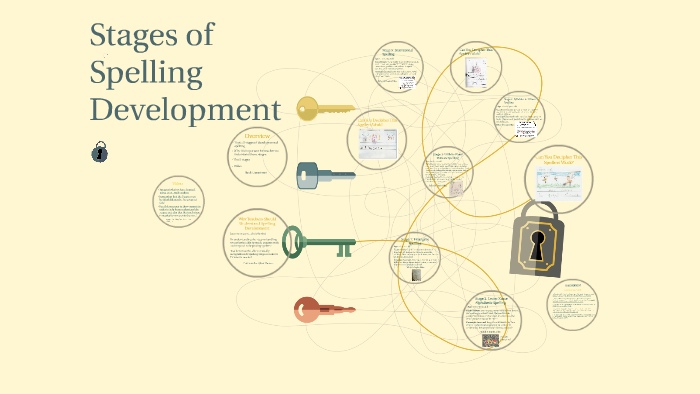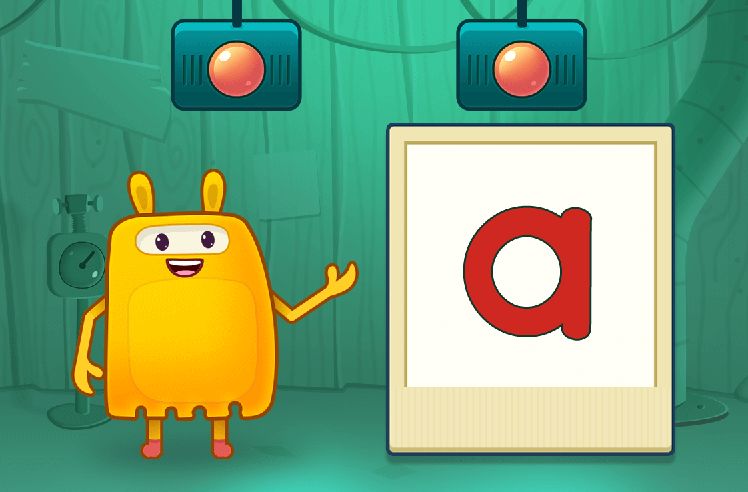In the past, learning to spell was mostly about remembering words, like keeping a list in your head. Schools treated spelling as a special class, different from reading or writing. But in recent years, experts studying how we use language have found something interesting: learning to spell isn’t just about memorizing. It’s a process that grows and changes as kids get older. Now we know there are stages of spelling development, and if you understand these steps, you can easily teach spelling and also figure out how well each kid is doing with spelling.
Math & ELA | PreK To Grade 5
Kids see fun.
You see real learning outcomes.
Watch your kids fall in love with math & reading through our scientifically designed curriculum.
Parents, try for free Teachers, use for free
This blog will take you through the critical stages of spelling development in children, shedding light on why it’s so important for both educators and parents to grasp these phases. Moreover, we’ll offer insights on how to effectively support spelling development, ensuring children are set up for success both in and out of the classroom.
4 Benefits of Knowing the Stages of Spelling Development
Understanding the stages of spelling development is super helpful for teachers and students alike. Here’s why it’s such a big deal:
- Enhances targeted teaching strategies: By knowing the spelling development stages, teachers can create lessons that fit exactly what each student needs.
- Supports individualized learning: Since everyone learns at their own pace, understanding the different spelling stages means teachers can help each student in a way that’s just right for them.
- Promotes understanding of language structure: Learning spelling isn’t just about memorizing words; it’s also about understanding how language works. By going through the spelling stages, students get a deeper understanding of how words are put together, which helps them with spelling and more.
- Facilitates assessment and monitoring of progress: Knowing the specific stages of spelling development makes it easier for teachers to see how well students are doing. They can see who’s moving forward, who needs a little help, and celebrate every step of progress along the way.
5 Stages of Spelling Development
1. Precommunicative Stage
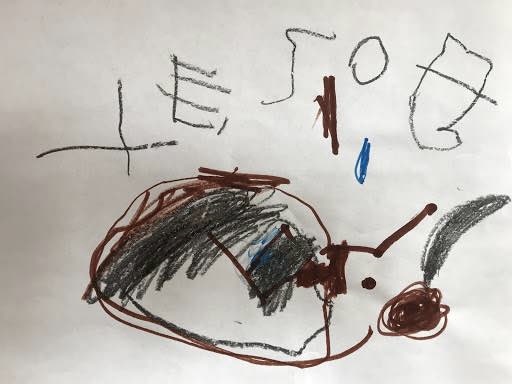
In the initial stages of spelling development, children are at the precommunicative stage. Here, their written work consists mainly of scribbles and drawings that resemble letters, but without any understanding of letter-sound correspondences.
For instance, a child might draw lines and circles or use random letters they like the look of, without linking them to sounds. An example of this could be writing “XZY” for “dog” because, at this point, the child is experimenting with writing but doesn’t yet grasp that letters represent specific sounds in spoken language.
Related Reading: How to Teach Alphabet to Kids
2. Semiphonetic Stage
As children move into the semiphonetic spelling stage, they begin to understand that letters have sounds and start experimenting by using single letters to represent whole words or significant sounds within words.
For example, a child might write “C” for “cat”, focusing on the initial sound but not yet understanding how to represent the entire word. This stage is crucial because it shows the beginning of phonemic awareness—recognizing that words can be broken down into individual sounds, and these sounds can be represented by letters.
If your child is at a stage where they try to connect letters to their sounds, here are some fun letter sound games that can make the process easier and fun for them:
3. Phonetic Stage
The phonetic spelling stage marks a significant development in a child’s spelling abilities. At this point, spellers attempt to use letters to represent every sound they hear in a word. Their spelling becomes more systematic, although still incorrect by adult standards.
As their grasp on phonetic spelling strengthens further, children might find it simpler to learn and read words that follow the consonant-vowel-consonant (CVC) pattern.
For example, a child might spell “kite” as “KIT”, omitting the silent ‘e’ but trying to map every heard sound to the letter. This stage demonstrates a deeper understanding of the sound structure of words, although fine-tuning in terms of spelling conventions and rules is still needed.
CVC words can be tricky for kids to understand. Playing interactive CVC games can be a great help for them. Try these CVC words games:
Related Reading: How to Teach Vowels to Kids: A Step-by-Step Guide
4. Transitional Stage
In the transitional stage of spelling, children’s understanding of phonetics starts to blend with their growing visual memory of words. They begin to apply conventional spelling for parts of words they’re familiar with while still experimenting with the spelling of other parts.
An example might be spelling “friend” as “frend”, where the child applies conventional spelling for the start and end of the word but not for the middle. This stage is marked by an increased reliance on visual memory and a move towards more standardized spelling, though children may still struggle with complex words and exceptions to spelling rules.
5. Correct Stage
Reaching the correct stage means that spellers have a solid understanding of spelling rules and can apply them consistently, including knowing the exceptions. For instance, they can correctly spell challenging words like “beautiful” or “Wednesday”, recognizing patterns and irregularities in English spelling. At this stage, spelling levels are sophisticated enough to tackle most words, and spellers can self-correct and apply rules to new, unseen words.
Understanding these stages of spelling development is vital for educators and parents to support children’s journey in becoming confident and proficient spellers. Each stage highlights specific learning areas and challenges, allowing for targeted teaching strategies that cater to individual needs and pave the way for effective learning and progress in spelling.
Activities to Nurture Spelling Skills in Each Stage
3 Pre-Communicative Stage Activities
1. Letter Tracing in Different Mediums
Start by introducing children to the alphabet through tactile experiences. Let them trace letters using their finger in a tray of sand, shaving cream, or rice. This activity makes learning multisensory, helping children remember the shapes of letters by physically forming them. You can say, “Let’s draw the letter ‘S’ in the sand with our fingers.” This helps them understand that letters are symbols used to communicate and gets them comfortable with the alphabet’s visual aspects.
If you are looking for interactive option to engage your child in letter tracing, these fun letter-tracing games are the best option for your child:
2. Alphabet Matching Games
Create a simple matching game using cards or magnetic letters. Print or paste large letters on one set of cards; on another set, have pictures of objects that start with those letters. Ask the child to match the letter with the picture with the same starting sound. For example, matching the letter ‘A’ with an ‘Apple’ picture. This game reinforces the idea that letters are connected to sounds in words, a foundational spelling concept.
Reinforce the concept of letters with these letter-matching worksheets:
3. Creating Letter Collages
Encourage children to make collages for different letters using magazines, newspapers, or printed-out words. Choose a letter for the day, such as “B,” and ask them to find and cut out pictures of things that start with that letter, like “ball,” “banana,” or “butterfly.” They can also look for letters in different fonts and sizes to cut out and add to their collage. This activity helps children associate the visual form of letters with the sounds they represent and introduces them to the idea that letters form words.
3 Semi-Phonetic Spelling Stage Activities
In the Semi-Phonetic Spelling Stage, children begin to understand the connection between letters and sounds. Activities at this stage should encourage them to experiment with these connections and start representing sounds with letters.
1. Sound Hunt
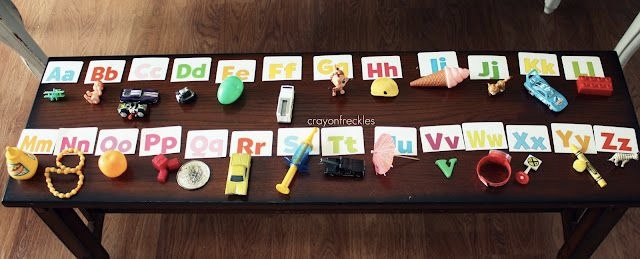
Organize a sound hunt around the classroom or home. Assign a specific sound for the day, like the /s/ sound, and ask children to find objects that start with this sound. Once they find an item, such as a “sock” or “sun,” they try to write down the letter or letters they believe represent the sound they hear at the beginning of the word. This activity encourages listening skills and attempts to match sounds with letters, acknowledging that writing involves representing spoken sounds.
2. Create Your Spelling Book
Encourage children to create their own spelling book. Provide them with a notebook to write down words they are interested in, attempting to spell them phonetically. For example, they might write “kat” for “cat” or “dog” for “dog.” They can draw a picture of the word next to their spelling attempt. This personal spelling book can be a fun project that motivates children to practice spelling and allows them to see their progress over time.
3. Letter Tiles Spelling
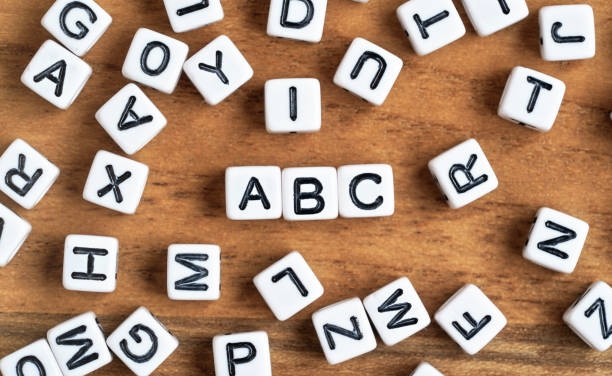
Use letter tiles or magnetic letters for this activity. Give children a set of letters and say a word out loud. Ask them to use the tiles to spell the word as they think it sounds. For instance, they might spell “fish” as “fsh,” omitting the vowel. This hands-on activity helps children experiment with letter-sound relationships in a tangible way, and you can gently guide them toward the correct spelling, emphasizing the sounds in the word.
3 Phonetic Spelling Stage Activities
During the Phonetic Spelling Stage, children use a letter or group of letters to represent every sound they hear in a word. Activities at this stage should reinforce their understanding of phonics and encourage them to apply this knowledge more accurately.
1. “Sound It Out” Writing Prompts
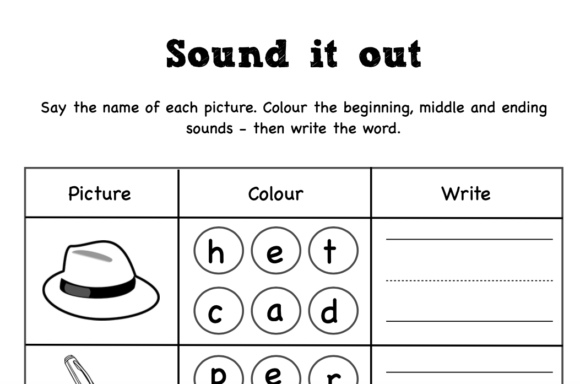
Provide children with writing prompts encouraging them to sound out words phonetically as they write. For example, you might ask them to write about their day, a favorite animal, or a story. As they encounter words they want to write, encourage them to break the words into individual sounds and represent each sound with a letter or group of letters. This practice helps them think critically about the sounds in words and how they are represented in writing.
Related Reading: Best & Creative Journal Prompts for Kids
2. Phonics Bingo
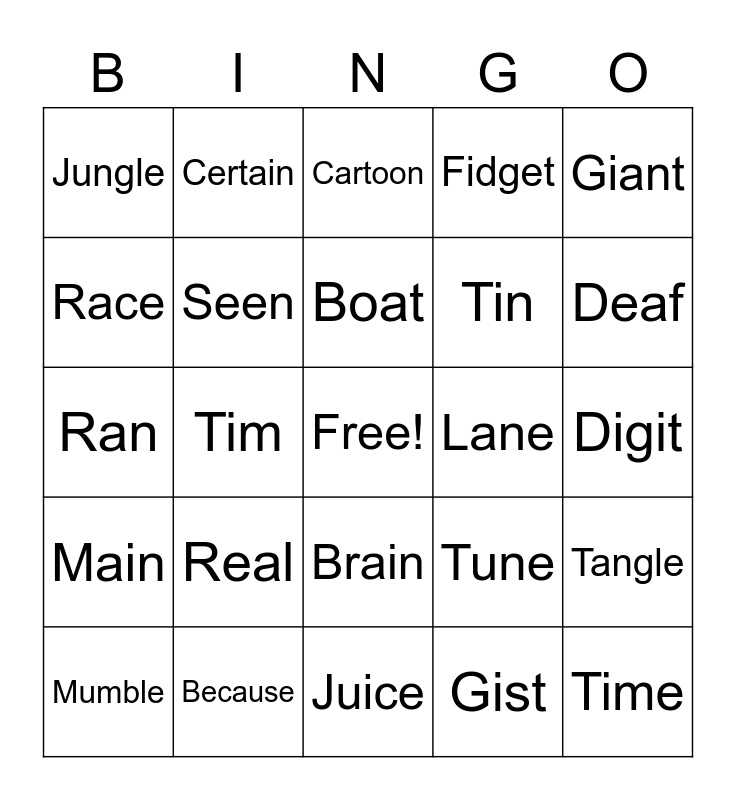
Create bingo cards with various phonetic spellings or phonemes (sound units). Play sounds or say words out loud, and have children cover the corresponding phoneme on their bingo card. For example, if you say the word “cat,” children would cover the “c,” “a,” and “t” sounds if they are represented separately on their bingo card. This game helps reinforce the connection between sounds and their written representations in a fun, interactive way.
Related Reading: How to Teach Phonics to Kids – A Step By Step Guide
3. Online Phonics Games
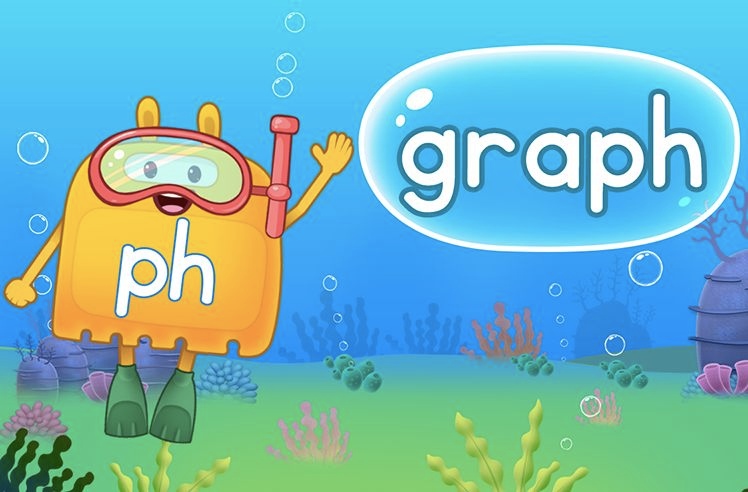
Integrate technology into learning by utilizing online phonics games. These games provide interactive and engaging ways for children to practice phonetic spelling. You can play games such as matching sounds to letters, building words from a series of phonemes, and interactive spelling challenges. Online phonics games often use colorful animations and reward systems to motivate and engage children.
3 Transitional Stage of Spelling Activities
In the Transitional Stage of Spelling, children blend their phonetic knowledge with visual memory and a growing understanding of spelling rules. Activities at this stage should reinforce their learning of sight words, introduce common spelling patterns, and continue to support their exploration of language structure.
1. Word Sorts with Common Spelling Patterns
Introduce children to common spelling patterns (e.g., “ight” in “night,” “might,” and “right”) by organizing word sort activities. Provide a list of words and ask children to group them based on their spelling patterns. This can be done with physical cards or as a digital activity. Discussing the patterns and saying the words aloud helps children understand how certain spelling conventions work, aiding their transition to more complex spelling.
Here are some fun word sorting worksheets that can be a fun exercise for your child:
2. Online Sight Word Games
Incorporate online games that focus on sight words to make learning fun and interactive. These games can range from simple matching activities to more complex challenges that require children to read sight words in the context of sentences.
Here are some fun sight word games to get started:
3. Sight Words Flashcard Flip
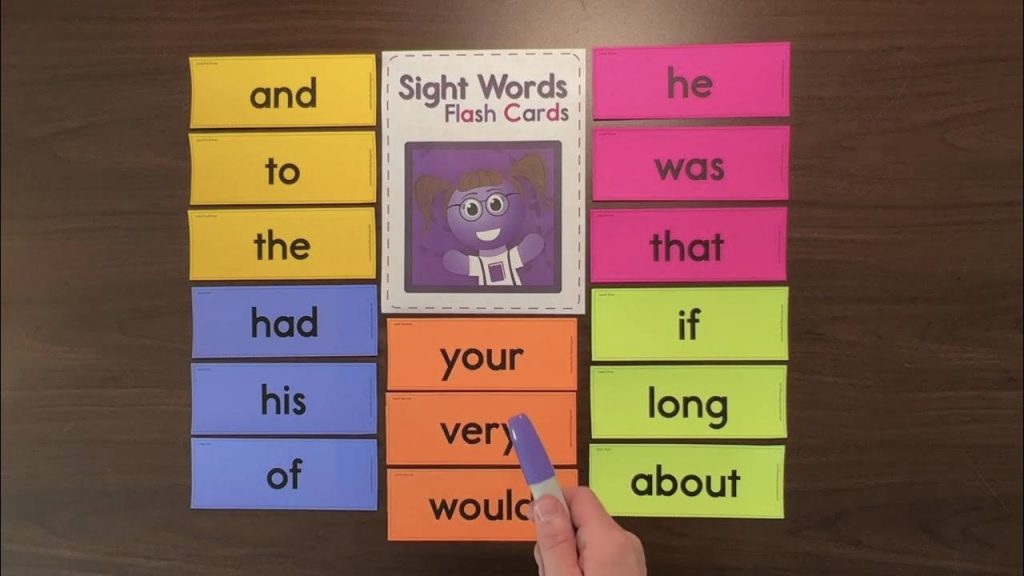
Create or purchase a set of sight word flashcards. These are words that often don’t follow the usual spelling rules and need to be recognized on sight, such as “the,” “said,” “have,” and “where.”
Sit with the child and show them one flashcard at a time. Ask them to read the word as quickly as possible. After they’ve gone through the cards and read each word, shuffle the deck and try to make the activity more fun by timing them to see if they can read the words faster.
3 Correct Stage of Spelling Activities
At the Correct Stage of spelling, children have a strong grasp of spelling rules and can apply them to spell most words correctly, including managing exceptions. Activities for this stage should focus on refining their skills, introducing more complex words, and applying spelling in varied contexts.
1. Vocabulary Enrichment Worksheets
Use worksheets designed to expand vocabulary through activities like word puzzles, crosswords, fill-in-the-blanks with appropriate words, and word formation exercises where students create new words by adding prefixes or suffixes. Such worksheets can also include sections for synonyms and antonyms, and use in sentences to ensure comprehensive vocabulary development. These activities challenge students to think about words deeply, from their structure to their meanings and their correct spelling.
Use these worksheets to enrich your child’s vocabulary:
2. Spelling Bee Practice
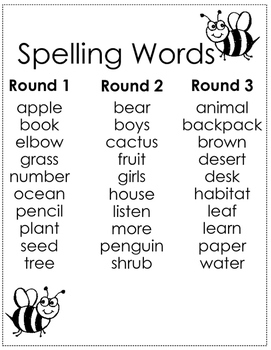
Organize mini spelling bees, either in a classroom setting or at home. This can be a fun way to challenge children with increasingly difficult words that test their understanding of spelling rules and exceptions. You can include words from all categories, such as sight words, words with silent letters, and words with common suffixes or prefixes. Preparing for and participating in spelling bees encourages children to study and learn the spelling of complex words, improving their vocabulary and spelling skills.
3. Creative Writing Challenges
Encourage children at the Correct Stage to engage in creative writing activities that prompt them to use a wide vocabulary. Set challenges or themes for stories, poems, or essays, and ask them to incorporate a list of advanced spelling words. This not only helps them practice spelling in context but also enhances their creative and analytical thinking skills.
Frequently Asked Questions (FAQs)
What are the key skills in spelling?
Key skills in spelling include phonemic awareness (identifying and manipulating sounds in words), orthographic skills (recognizing spelling patterns), vocabulary knowledge (understanding word meanings), and visual memory (recalling the visual representation of words).
What are the 3 common types of spelling errors?
The three common types of spelling errors are phonetic errors (misapplying sound-to-letter rules), rule-based errors (incorrectly applying spelling rules), and visual errors (incorrectly recalling the visual form of words).
What are the four forms of spelling assessment?
The four forms of spelling assessment are standardized tests (measuring spelling against a norm), diagnostic tests (identifying specific areas of difficulty), informal tests (teacher-made assessments for individual or class needs), and inventory assessments (analyzing spelling patterns to determine instructional level).

















